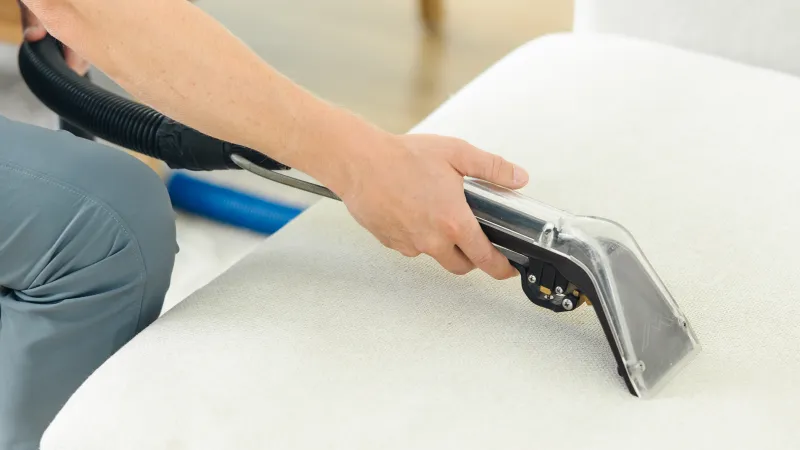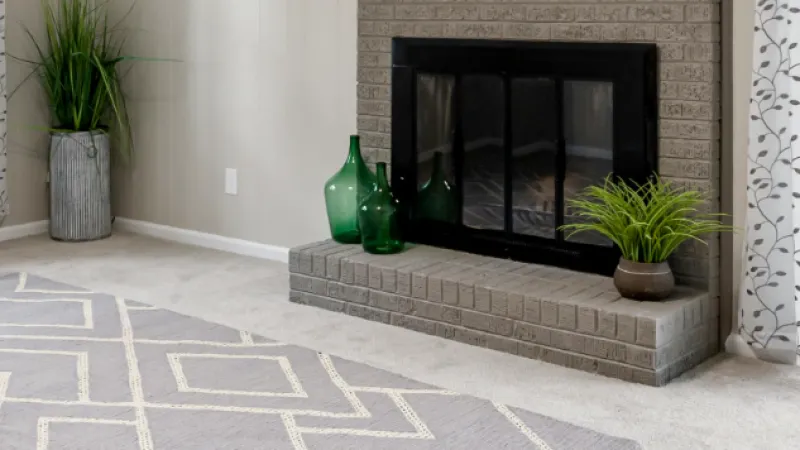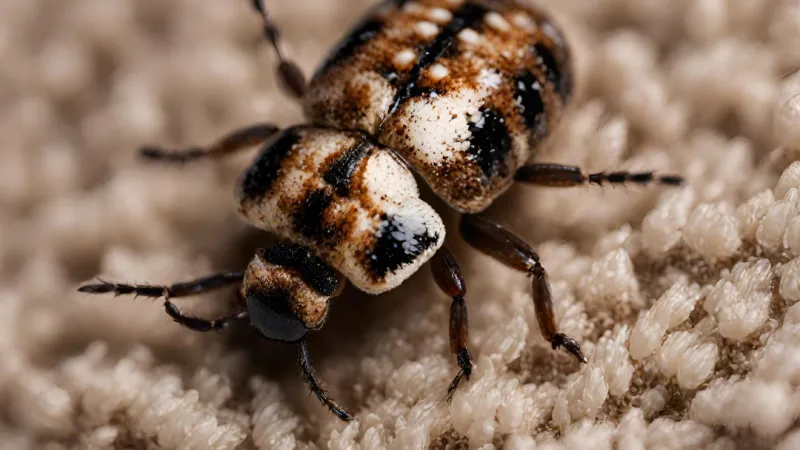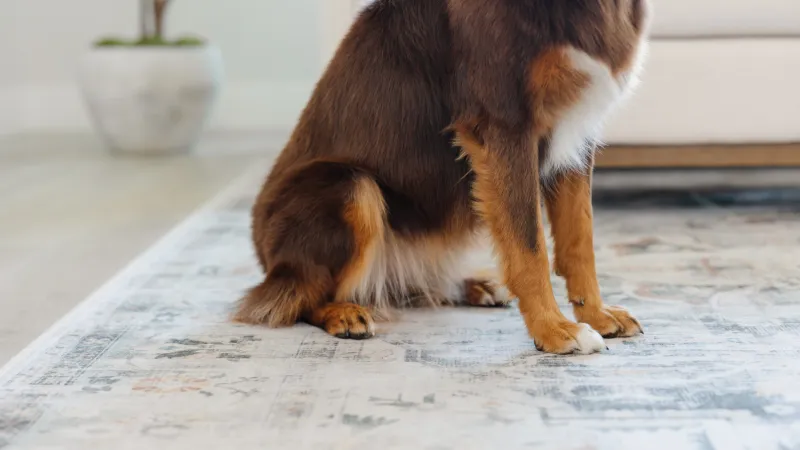How to Remove Carpet Wicking Stains: Step-by-Step Guide
Here, we'll discuss the annoyance of carpet wicking paired with the reassurance that not all hope is lost! Let's tackle this common household annoyance together.
What are the signs of carpet wicking?
One of the biggest signs of carpet wicking is random and sudden stains appearing on the carpet. They can vary in size and can vary in darkness, and color as well. These stains will appear quite suddenly but are most likely going to show up after the carpet has been cleaned.
However, there are other causes of wicking in carpets as well, so let's dive into some of the likely culprits.
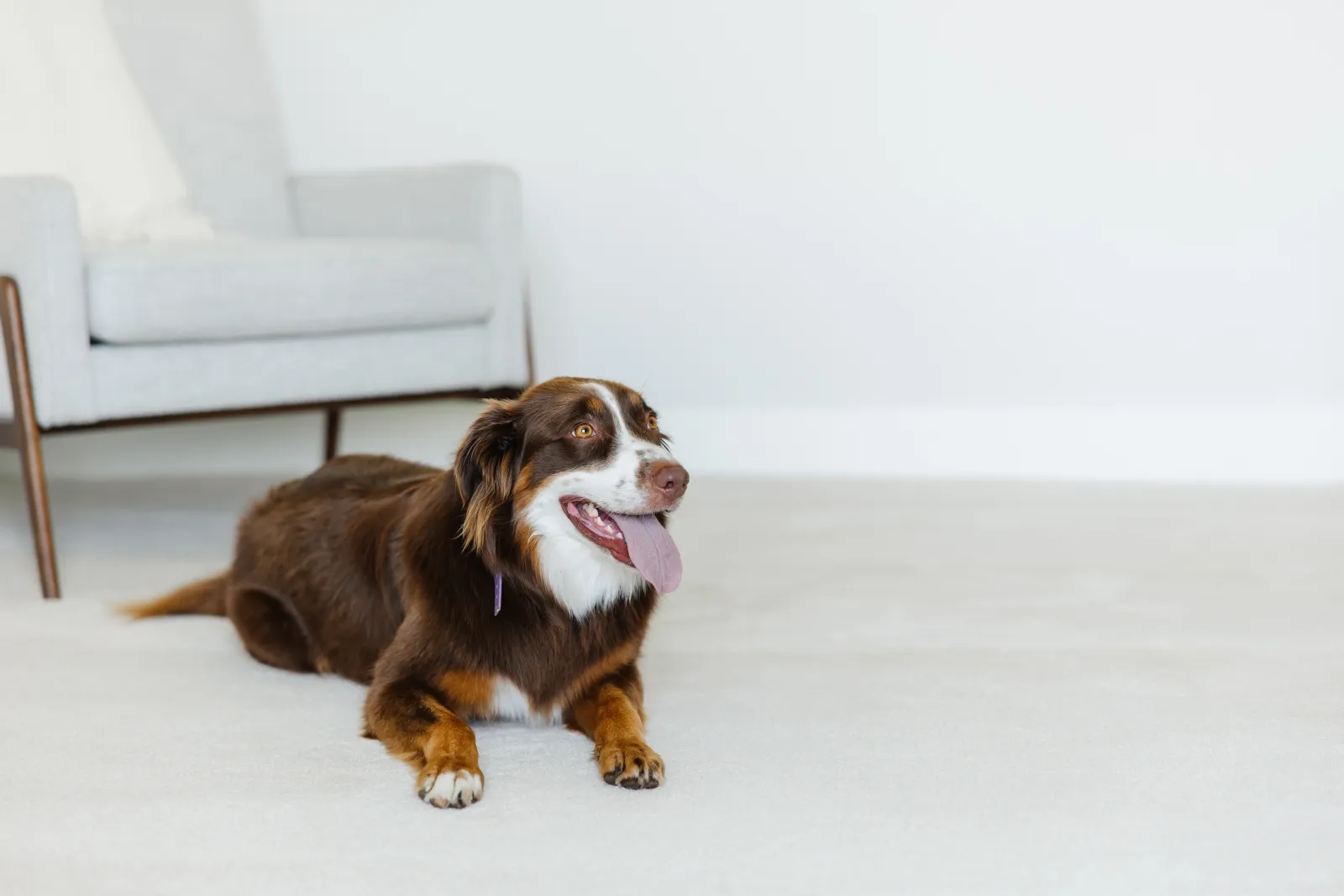
Pet urine wicking in carpet
It's never ideal to have pets going to the bathroom on the carpet, but those areas that you thought were cleaned may actually show up as a stained area in the future.
Cleaning the top of the carpet where a pet has urinated isn't enough to clean the carpet. There is a process for making sure that the carpet, carpet pad, and baking of the carpet are cleaned as well, which Zerorez is a pro at removing. (This is where the professional carpet cleaners are a must!)
If you don't get the carpet fully cleaned and dried, wicking will happen, leaving spots and stains and odors, again and again from your pets.
Wicking carpet stains from a flood
Pipes bursting or water getting into the house will cause a carpet to become stained and dirty quickly. While it's possible to dry the carpet out after being flooded, that doesn't mean that the bottom or fibers underneath the carpeted area are dried off. Moisture trapped in the carpet will cause wicking to occur, which is highly likely when you're dealing with flooding issues.
This is because when a carpet is completely flooded, a ton of water and moisture is in the carpet, making it almost impossible to get fully dry.
Be sure to monitor for signs of mold growth and take preventive measures against future floods, such as improving drainage and using water-resistant materials in flood-prone areas.
Also, remember that flood cleanup can be hazardous, so consulting professionals may be necessary for extensive damage or when safety is a concern.
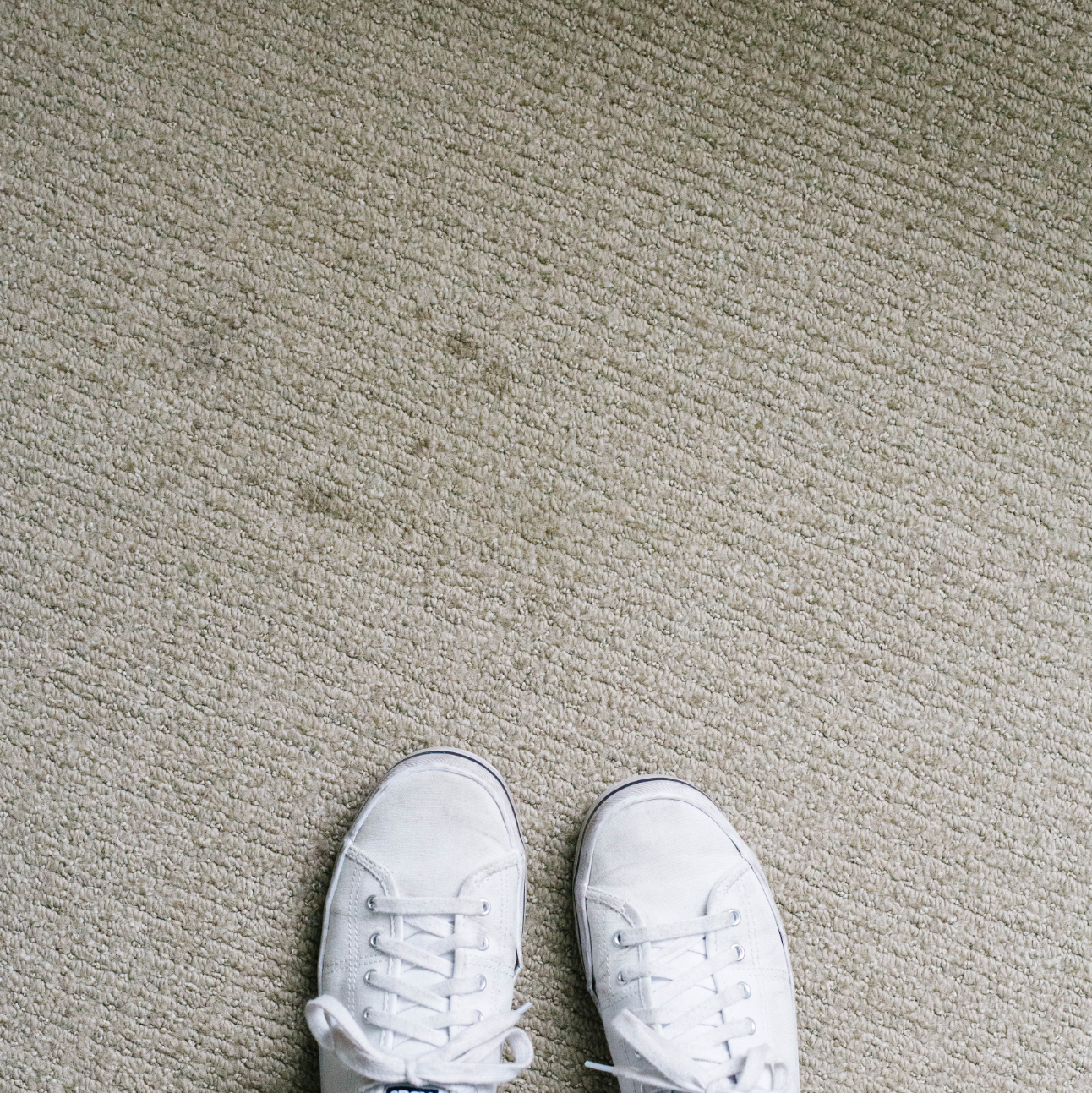
Wicking stain on Berber carpeting
Berber carpeting might be a great addition to a room that gets high traffic, but wicking can happen, especially on this type of carpet as it is often made from olefin, though it can be made out of nylon or wool as well or a blend of all three.
Olefin, however, has 0% absorbency, so when you clean it, the moisture goes into the backing (where the persistent stain/residue is) and as the carpet dries, the residue wicks to the surface. You'll still want to follow the below instructions, but may want to add an oxygen bleach or sodium percarbonate to the wicking stain.
How to get rid of carpet soil wicking stains
Getting rid of stains that are created by wicking can be hard to do. We recommend calling in Zerorez to handle it for you, but here's how to try and DIY it.
Removing wicking stains from a carpet is possible with the right approach. Here's a step-by-step guide to help you tackle wicking stains on your carpet:
Materials Need to Remove Wicking Stain on Carpet:
- Clean, white towels or paper towels
- A clean sponge or cloth
- Mild liquid dish soap
- White vinegar
- Water
- Absorbent powder/baking soda (optional)
- Carpet rake (optional)
- Carpet stain remover (optional)
- Wet/dry vacuum cleaner (optional)
Step-by-Step Instructions for Removing Wicking Stain on Carpet:
Act Quickly: The sooner you address the wicking stain, the better your chances of complete removal. Start as soon as you notice the stain.
Blot the Area: Use a clean, white towel or paper towel to blot the wicking stain gently. Do not rub; this can push the stain deeper into the carpet fibers.
Apply Water: Dampen a clean sponge or cloth with cool water, and gently blot the stained area. Again, avoid scrubbing to prevent the stain from spreading.
Dish Soap Solution: In a small container, mix a few drops of mild liquid dish soap with warm water. Dip a clean cloth or sponge into the soapy water, wring it out well, and gently blot the wicking stain.
Rinse with Water: Rinse the area by blotting it with a clean, damp cloth or sponge. This helps remove any soap residue. Be sure to remove as much moisture as possible by blotting with dry towels.
Vinegar Solution: If the stain persists, create a solution of equal parts white vinegar and water. Dampen a clean cloth with the vinegar solution, blot the stain, and then rinse with water.
Repeat as Necessary: Stubborn wicking stains may require multiple rounds of blotting, soaping, and rinsing. Be patient and persistent, but avoid over-saturating the carpet.
Add absorbent powder (Optional): To further help soak up the moisture and any stain, adding an absorbent powder, like baking soda, to your carpet can help soak up any excess moisture. You may need to scrape or rake the carpet to help the powder get absorbed.
Use a Carpet Stain Remover (Optional): If the stain remains after trying the above steps, you can consider using a commercial carpet stain remover. Follow the manufacturer's instructions carefully, and be sure to rinse the area thoroughly with water after using the product.
Dry the Area: After you've successfully removed the wicking stain, use clean, dry towels or paper towels to blot the area until it's as dry as possible. You can also place a heavy object (like books) on top of a dry towel to help absorb any remaining moisture.
Vacuum (Optional): If you have a wet/dry vacuum cleaner, you can use it to extract any remaining moisture from the carpet. This can help prevent mold and mildew growth.
Inspect and Repeat: After the carpet has dried completely, inspect the area to ensure the stain is completely gone. If any traces remain, repeat the process.
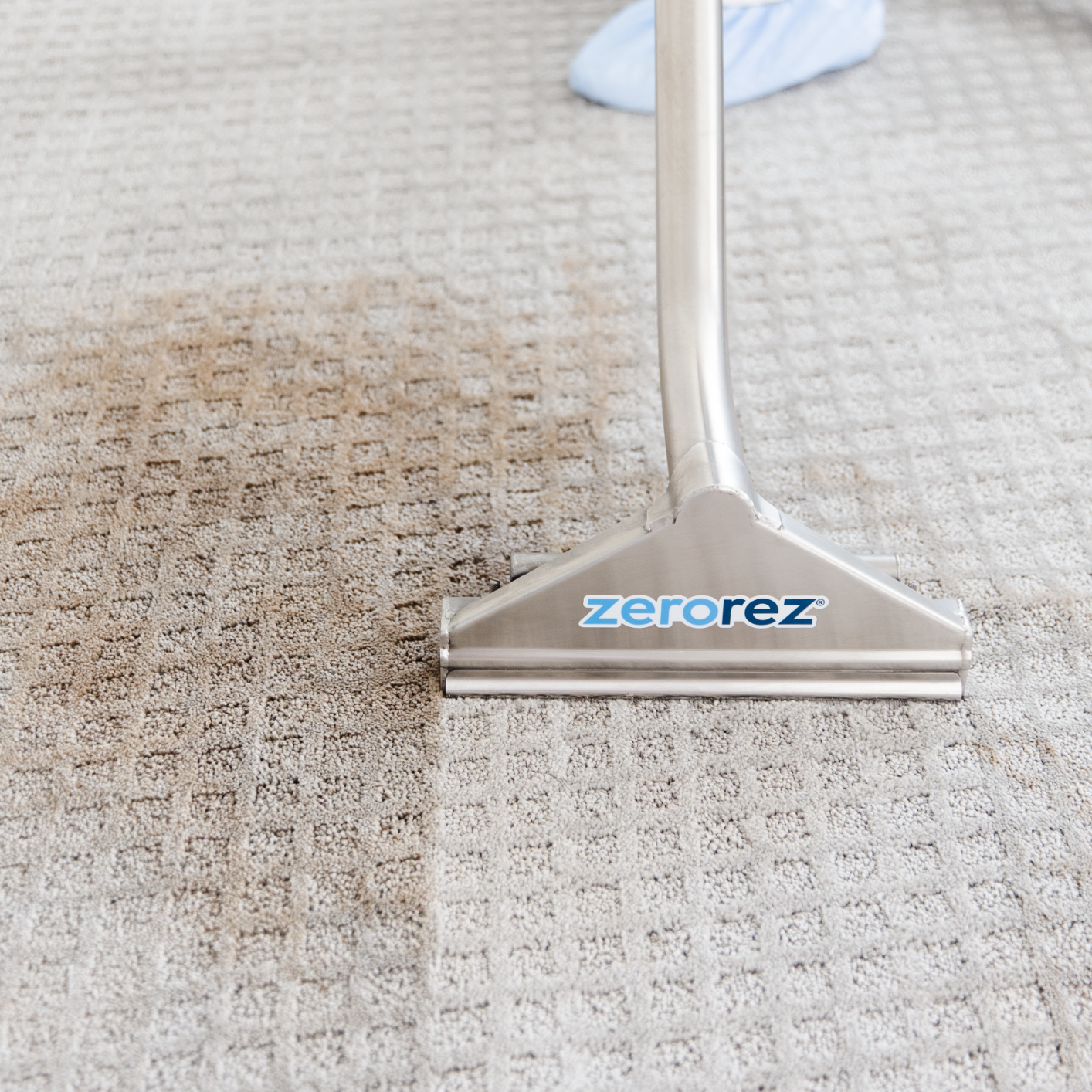
Remember to always test any cleaning solution on an inconspicuous area of the carpet before applying it to the stain to ensure it doesn't cause damage or discoloration.
Additionally, avoid using excessive water, as over-saturating the carpet can lead to more serious issues, such as mold growth or damage to the carpet backing.
In more severe cases, your best bet for removing wicking stains will involve lifting up your carpet and removing and replacing the carpet pad underneath.
Wicking can be tricky because it can look like the stains are gone, only to have them come back that day or even weeks later.
Generally, professional carpet cleaners can easily rectify wicking stains and can save you a ton of stress and frustration of trying to remove it by yourself.
Book now with Zerorez to make the wicking stains a thing of the past.
